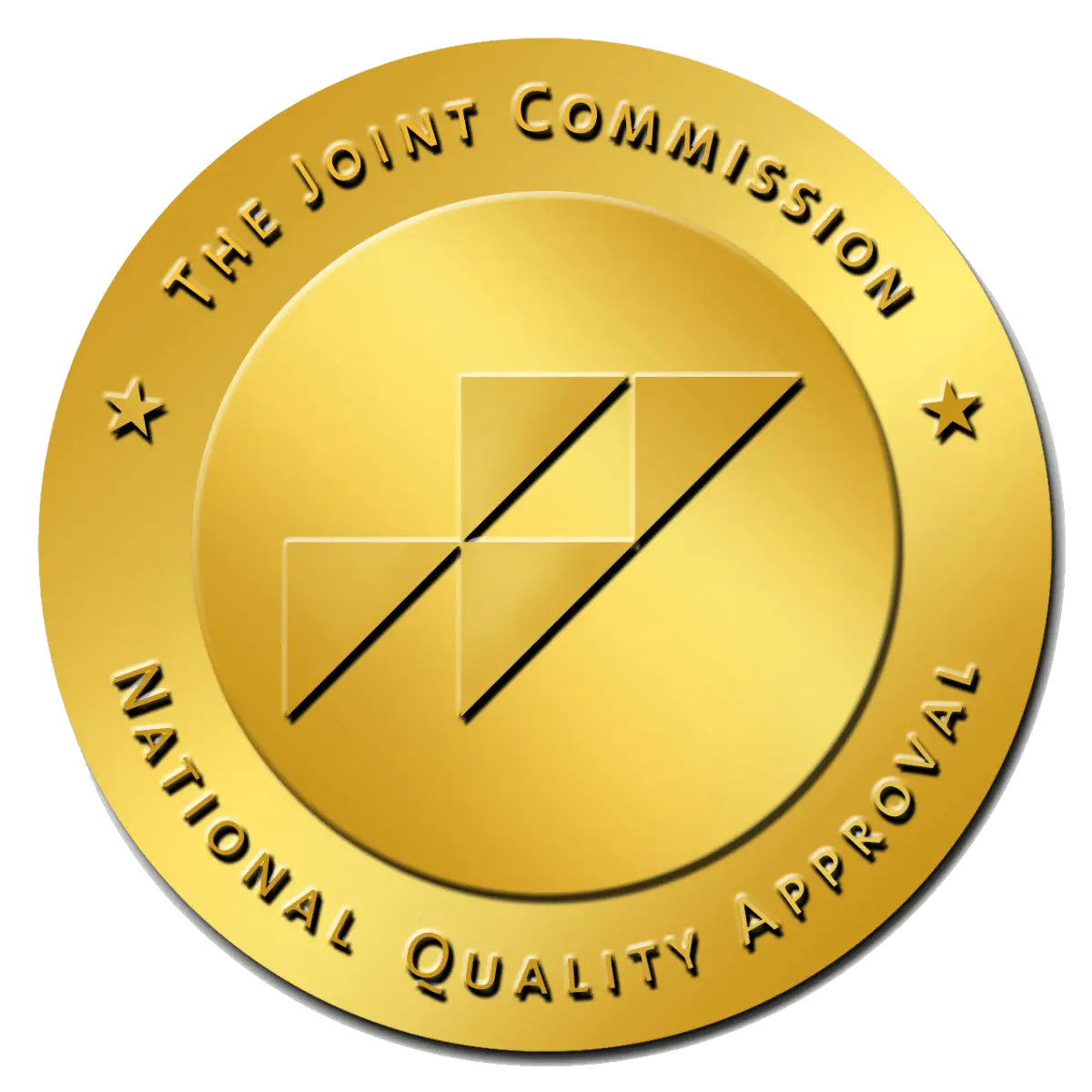STIMULANT TREATMENT
Stimulants are a class of drugs known for accelerating brain and body activities. The spectrum of stimulants ranges from legal substances like caffeine and nicotine to prescription medications and illegal narcotics, like amphetamines, cocaine, and methamphetamine. Despite their varying degrees of legality, all stimulants bear a risk of addiction and harmful consequences if misused. Often, healthcare professionals prescribe stimulants to address attention-deficit/hyperactivity disorder (ADHD), narcolepsy, and similar conditions.
Villa Oasis San Diego understands how dangerous stimulant drugs can be, especially for individuals with mental health disorders. We provide addition treatment at our luxury rehab center in San Diego, and even provide a dual diagnosis treatment program for those who have overlapping addiction and mental health issues.

What are stimulants?
While many people think of stimulants as primarily “study drugs” used for ADHD and other conditions, the category is broad. Stimulants include common, legal drugs like caffeine and nicotine, over-the-counter drugs like amphetamines, and illegal drugs such as cocaine and meth.
Certain stimulants, such as Vyvanse, if used correctly, can safely address specific medical conditions. For those wondering, what is Vyvanse, it is an FDA-approved stimulant used primarily to treat ADHD and binge eating disorder. However, even these FDA-approved stimulants can potentially lead to harmful outcomes, as misuse is common with prescribed drugs.
Effects of stimulants
Stimulants, a broad category encompassing a range of substances from caffeine and nicotine to prescription medications and illicit drugs, are complex by nature, and their effects can vary widely from person to person. These substances are characterized by their ability to increase activity in the brain and central nervous system, thereby heightening certain bodily functions and mental processes. Understanding the differences between stimulant vs depressant drugs is important when considering how these substances interact with the body.
The impact of stimulants on individuals hinges heavily on a multitude of factors. This includes the type and potency of the stimulant, the dosage size, frequency of use, duration of use, method of administration, and the individual’s physical and mental health status, among others. With such a broad spectrum of influences, it’s crucial to understand how these factors interplay and contribute to the overall effects of stimulants.
Short-term/low-dosage effects
Stimulants primarily induce a sense of euphoria, a surge of positive emotions. When consumed in smaller quantities or over a shorter timeframe, stimulants can lead to the following physical symptoms:
-
Feeling of mental clarity
▻
-
Increased confidence
▻
-
Increased energy levels
▻
-
Increased heart rate
▻
-
Increased blood pressure
▻
-
Increased wakefulness
▻
-
Lowered appetite
▻
Long-term/high-dosage effects
-
Dizziness
▻
-
Headache
▻
-
Restlessness
▻
-
Vomiting
▻
-
Chest pain
▻
-
Excessive sweating
▻
-
Paranoia
▻
-
Hallucinations
▻
-
Psychosis
▻

Stimulant addiction
Like all drugs, stimulants can be addictive, even with brief usage or less severe forms. After all, most people know at least one person with caffeine dependency. The same can be true for all stimulants, and when a person becomes addicted to a stimulant, it can be very troublesome and dangerous. It’s also important to clarify misconceptions, such as asking, is alcohol a stimulant drug, since certain substances may have effects that overlap between categories, but still carry significant risks when abused.
Stimulant addiction is a type of substance use disorder (SUD) known as stimulant use disorder. According to the Substance Abuse and Mental Health Services Administration (SAMHSA), five million people in the U.S. used cocaine in 2020, two million used methamphetamines, and five million misused prescription stimulants.
Signs and symptoms of addiction
A crucial part of the journey towards recovery and sobriety from any form of addiction, including stimulant use disorder, starts with the identification of its distinct signs and symptoms. Stimulant use disorder is typified by an individual’s relentless consumption of stimulants, even when faced with noticeable side effects or detrimental consequences.
Cravings for stimulants also typify individuals grappling with stimulant use disorder. These cravings can manifest in their thoughts persistently and intensely, significantly hindering their capacity to concentrate on routine tasks or daily obligations.
In addition to these signs, stimulant use disorder may also present with:
-
Repeatedly visiting doctors for renewed prescriptions
▻
-
Taking more stimulants than prescribed to you or more often than prescribed
▻
-
Anxiety or restlessness, as a reflection of mental unease caused by the drug.
▻
-
A constant state of hyperactivity or agitation.
▻
-
Changes in sleeping patterns, either insomnia or hypersomnia.
▻
-
Changes in appetite, often leading to rapid weight loss.
▻
-
Deterioration of personal grooming habits or neglect of physical appearance.
▻
-
Unexplained financial difficulties due to spending significant amounts on procuring the drug.
▻
-
Withdrawal from social, recreational, or work activities, indicating a loss of interest in previously enjoyed activities.
▻
Recognizing these comprehensive signs and symptoms is a crucial step towards acknowledging the existence of a potential addiction problem. It paves the way for early intervention and timely access to appropriate treatment options, playing an integral role in facilitating the individual’s journey to recovery and a healthier, substance-free lifestyle.
Withdrawal
-
Depression
▻
-
Anxiety
▻
-
Irritability
▻
-
Paranoia
▻
-
Increased appetite
▻
-
Insomnia
▻
-
Body aches and fatigue
▻
Treating stimulant addiction
Stimulants are broadly treated through behavioral-based approaches, as no medication-assisted treatment (MAT) currently exists for stimulant use disorder. SAMHSA has outlined four primary, effective treatment types. These include the following:
-
Motivational interviewing (MI): A type of behavioral treatment, MI involves an individual and a clinician working together. During motivational interviews, the individual works with the clinician to discover what they want and how they can achieve it.
▻
-
Contingency management: Contingency management is a behavioral treatment that utilizes operant conditioning. In contingency management, individuals are rewarded for desired behavior.
▻
-
Community reinforcement approach (CRA): Like contingency management, CRA uses operant conditioning to help individuals recover from addiction. Instead of using objects as rewards, CRA understands family, friends, and community activities as rewards and reinforcers.
▻
-
Cognitive-behavioral therapy (CBT): CBT is a type of talk therapy. While in CBT, an individual works with a clinician to understand their negative thought patterns and reshape their mental strategies to more healthy ones.
▻
Get treatment at Villa Oasis
Our therapies
The best care uplifts each person as a whole individual. After all, how does treatment work if it ignores the complex reality of what’s going on in an individual’s life? At Villa Oasis, we provide complete care. That includes a wide range of therapies and treatment modalities, including the following:
-
Adventure therapy
▻
-
Anger management
▻
-
Behavior modification
▻
-
CBT
▻
-
Dialectical behavior therapy (DBT)
▻
-
Equine therapy
▻
-
Exposure and response prevention
▻
-
Mindfulness-based stress reduction (MBSR)
▻
-
Motivational interviewing
▻
-
Relapse prevention
▻
Recovering in comfort
At Villa Oasis, we believe that the rehabilitation process should not compromise on comfort. Our center provides the luxury and comfort that our residents are accustomed to, and more. At their most vulnerable, our residents are assured of high-quality care.
Our residents enjoy gourmet meals prepared daily by our on-site personal chef, designed to boost health and happiness. Additional amenities include a movie theater, a swimming pool, and a suite of holistic treatment modalities, including yoga, breathwork, meditation, acupuncture, massage therapy, mindfulness, and more. All these services underscore our commitment to enhancing the quality of life for our residents during their recovery journey.

Frequently Asked Questions
We treats both drug and alcohol addiction, offering comprehensive residential rehab treatment to support individuals on their path to recovery.
Residential treatment is designed for individuals struggling with substance abuse who require a higher level of care and support than outpatient programs provide. This includes those with a history of chronic relapse, severe or long-term addiction, withdrawal symptoms or cravings, co-occurring mental health disorders, and alcohol-related interpersonal conflicts.
We offers a comprehensive range of evidence-based therapies, including dual diagnosis treatment, individual and group therapy, 12-step and non-12-step programs, cognitive-behavioral therapy (CBT), dialectical behavior therapy (DBT), mindfulness and meditation, art, music, and equine therapy, and nutritional counseling and fitness programs.
Yes, we provide medically supervised detox services for clients who require detoxification from drugs or alcohol. The medical professionals closely monitor clients during the detox process, ensuring their safety and comfort while managing withdrawal symptoms.
Upon contacting Villa Oasis, the admissions team will guide you through the initial assessment process to determine the appropriate level of care and create a personalized treatment plan. This process may include a review of medical and mental health history, as well as an evaluation of the individual’s current substance use and support system.




